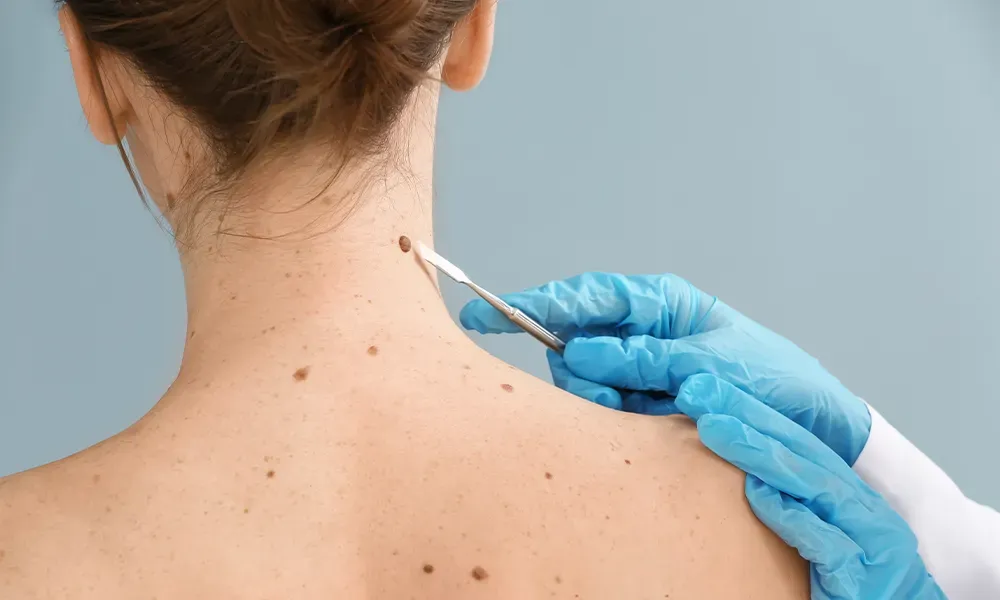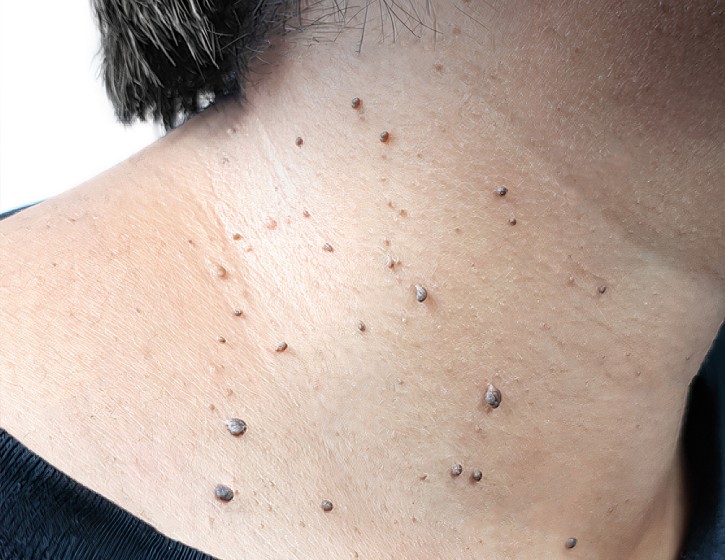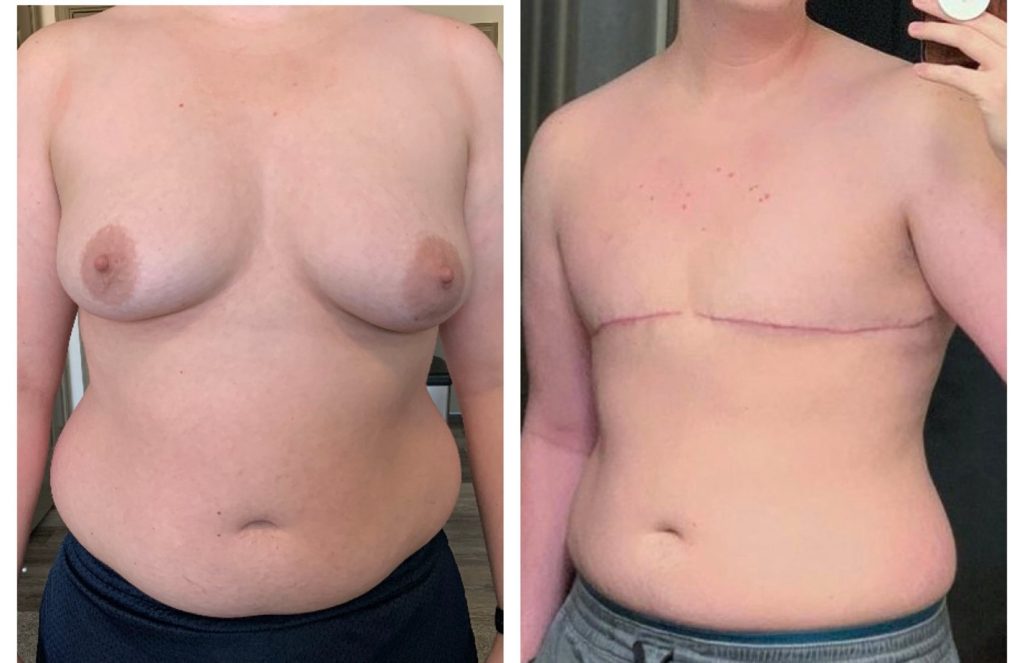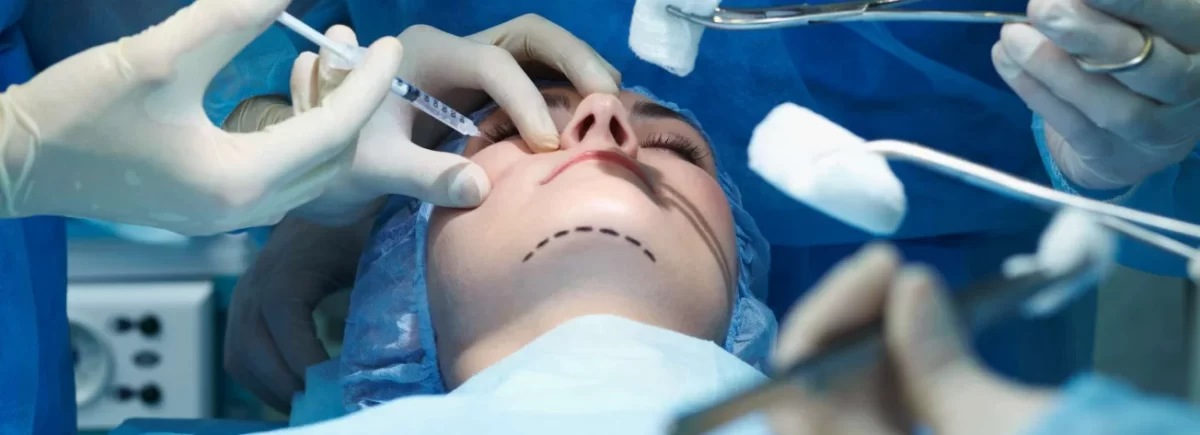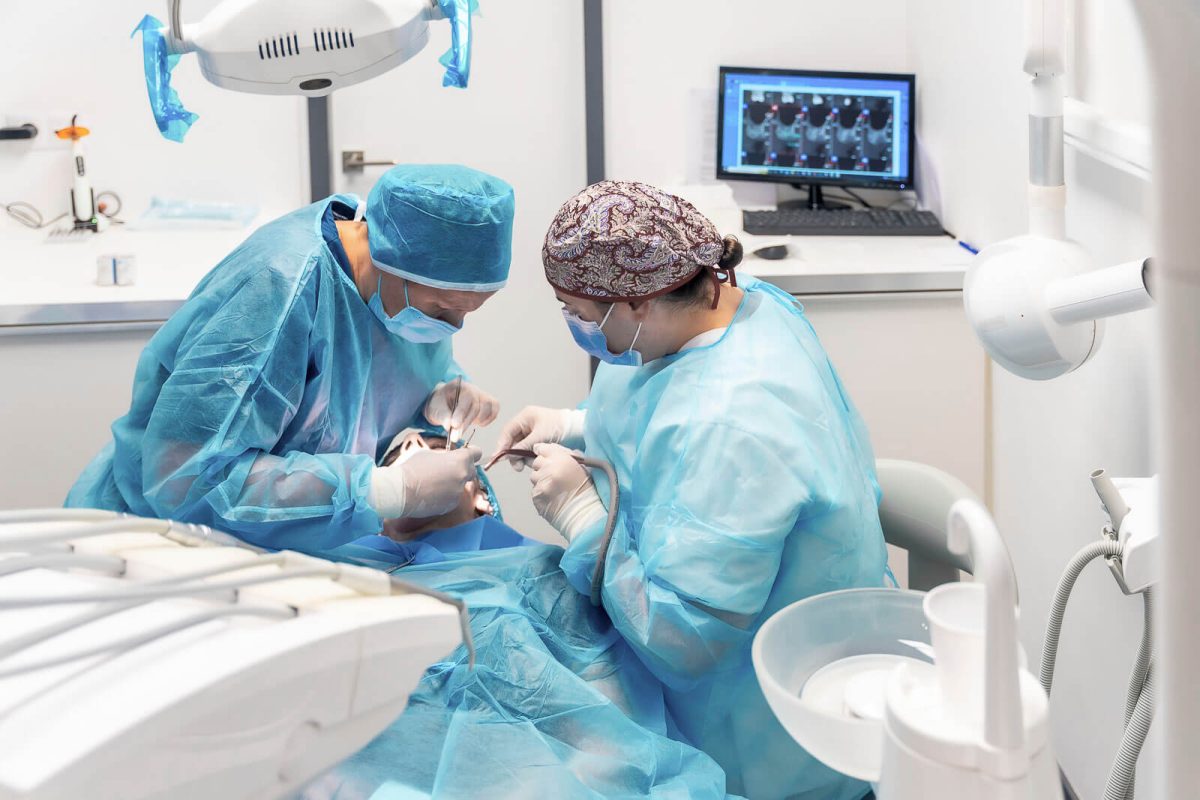Celebrity Influence on Brow Lift Popularity
Beauty Trends
Celebrities like Bella Hadid have become trendsetters in beauty and fashion. Their choices in cosmetic procedures, especially brow lifts, often set the standard for beauty. High-profile individuals showcase the results of these surgeries, making them more visible to the public.
They influence fans who admire their appearance. This admiration leads many to consider similar procedures. The desire to emulate celebrity looks drives the popularity of brow lifts among the general population.
Social Media Impact
ial media platforms play a crucial role in amplifying celebrity influences. Stars share their lives and choices, including cosmetic surgeries, with millions of followers. Instagram and Twitter become stages for celebrities to display their enhanced features.
This visibility turns social media into a powerful tool for setting beauty trends. Fans see the appealing outcomes of brow lifts on their favorite celebrities. They perceive these procedures as desirable and attainable goals.
Magazine Features
Magazine covers are another avenue through which celebrities impact beauty standards. When stars appear on these covers after undergoing brow lifts, they reach a broad audience. Magazines often discuss the details of such procedures, adding to their allure.
Readers get an insight into the world of cosmetic enhancements through these features. They see brow lifts as not just for celebrities but for anyone seeking a refreshed appearance.
Public Perception Shifts
Celebrity endorsements have significantly shifted public perception regarding cosmetic surgery. It’s no longer seen as taboo or exclusively for the wealthy. Instead, it’s viewed as an accessible option for enhancing one’s appearance.
The endorsement by well-known personalities makes people feel more comfortable with the idea of undergoing such procedures. They see it as a step towards achieving their ideal look, inspired by someone they admire.
Enhancing Youthfulness with Brow Lifts
Youthful Appearance
Brow lifts, a type of facial plastic surgery, play a crucial role in reversing the signs of aging. They specifically target the brow and forehead areas. This procedure elevates drooping eyebrows and reduces forehead wrinkles. It leads to a more alert and youthful appearance.
Plastic surgeons often combine brow lifts with eyelid surgery or fillers to enhance results. Such combinations address both the upper face’s skin laxity and volume loss. The goal is to create a balanced and naturally youthful look.
Psychological Benefits
The impact of looking younger extends beyond physical appearance. It significantly boosts self-confidence and social interactions. Patients report feeling more vibrant and energetic after the procedure.
This psychological uplift can influence various aspects of life, from professional opportunities to personal relationships. The positive feedback loop created by improved self-image and external perceptions can be profound.
Celebrity Transformations
Celebrities often lead trends in plastic surgery, including brow lifts. Their public before-and-after images provide clear evidence of the procedure’s benefits.
For instance, some celebrities have openly shared their experiences with brow lift surgery, highlighting its role in maintaining their youthful appearance despite their age. These endorsements have made brow lifts more mainstream, encouraging others to consider this option.
Brow Lifts for Improved Approachability
Facial Expressions
Adjusting the brow through small incisions can transform facial expressions significantly. This subtle change makes individuals appear more open and friendly. It’s not just about looking younger, as discussed in the previous section, but also about enhancing one’s ability to communicate non-verbally. A lifted brow softens the face, making someone seem more inviting.
The impact on non-verbal communication is profound. In both personal and professional settings, how we’re perceived plays a crucial role in our interactions. A furrowed or heavily drooping brow can unintentionally convey anger or disinterest. By elevating the brow, these misinterpretations are minimized, fostering better connections.

Public Image
For celebrities, their appearance is a key part of their brand. A brow lift can make them seem more relatable and approachable to their audience. Fans often look up to celebrities as if they were a best friend, brother, or sister. When stars share their experiences with cosmetic procedures like brow lifts on platforms such as Instagram, it demystifies the process and makes them seem more human.
This approachability is crucial for maintaining a positive public image. In an era where the “Instagram face” is highly sought after, celebrities aim for a balance between looking their best and still being relatable. A well-done brow lift strikes this balance perfectly by enhancing facial expressions without overdoing it.
Relatability Factor
Celebrities undergoing brow lifts contribute to a broader acceptance of cosmetic surgery among the general public. When fans see their favorite stars opting for these procedures and talking openly about them, it breaks down barriers of judgment and stigma associated with cosmetic enhancements.
Moreover, this openness adds a layer of authenticity to celebrities’ personas. It shows they’re willing to invest in themselves not just for aesthetic reasons but also to improve how they connect with others around them—be it fans, family, or friends.
Overview of Brow Lift Procedures
Types Available
Brow lift surgery, a popular choice among celebrities, comes in several types. Each type targets different needs and preferences.
Endoscopic lifts use small incisions and a camera to guide the surgery. This method is less invasive and leaves minimal scarring. It’s ideal for those needing slight to moderate forehead rejuvenation.
Coronal lifts involve an incision from ear to ear across the top of the head. They lift the entire forehead for a more dramatic change. This older technique is less common now due to its invasiveness and longer recovery time.
Hairline lifts, on the other hand, lower the hairline while lifting the brow. They’re perfect for individuals with a high forehead who want to maintain their hairline’s position.
Each type has its benefits, depending on the patient’s goals and existing facial structure.
Surgery Process
The general process of brow lift surgery begins with a consultation. Here, surgeons assess patients’ needs and discuss desired outcomes.
Preparation involves guidelines on diet, medication, and lifestyle changes before surgery. The procedure itself varies in length but usually takes one to two hours under anesthesia.
Recovery includes initial swelling and bruising, with most patients returning to normal activities within 10-14 days. Surgeons provide detailed aftercare instructions to ensure smooth healing.
Technological Advancements
Technological advancements have significantly improved brow lift surgeries. Innovations like endoscopic techniques have made these procedures safer and more effective.
These advancements allow for smaller incisions, reduced scarring, and quicker recovery times. They also enable more precise adjustments, leading to natural-looking results that meet patients’ expectations better than ever before.
Popular Brow Lift Choices Among Celebrities
Endoscopic Lift
Celebrities often opt for the endoscopic brow lift. This method involves minimal incisions. It uses a tiny camera and specialized tools. Surgeons can precisely adjust the forehead tissue. This technique results in less scarring and a quicker recovery time.
Many stars prefer this for its subtlety and effectiveness. It offers a refreshed look without obvious signs of surgery.
Temporal Lift
The temporal or lateral brow lift is another favorite. It targets the outer part of the eyebrows. This procedure elevates drooping brows, giving a more alert appearance.
It’s less invasive than traditional methods. Thus, it appeals to those seeking minor adjustments. Celebrities value the natural-looking outcome it provides.
Direct Lift
e celebrities choose the direct brow lift for more specific needs. This approach involves removing a small amount of skin directly above the eyebrows.
Although it leaves a scar, skilled surgeons can minimize its visibility. It allows for precise control over the brow’s position. Actors and public figures needing particular facial expressions find this beneficial.
Influence on Trends
Celebrities’ choices greatly influence public preferences. When famous personalities undergo certain procedures, they become trends. The endoscopic and temporal lifts have seen increased interest from the general population.
Their outcomes are often showcased on red carpets and interviews, sparking curiosity and desire among fans.
Tailored Techniques
Surgeons work closely with celebrities to achieve their desired looks. Each technique can be tailored to meet individual aesthetic goals.
For example, someone seeking a subtle lift may go for an endoscopic approach. Those needing specific changes might prefer the direct method.
This customization ensures that each celebrity maintains their unique look while enhancing their features.
By focusing on these popular choices among celebrities, we see how advancements in cosmetic surgery cater to diverse needs. The preference for less invasive techniques reflects a broader trend towards natural beauty and quick recovery times in Hollywood and beyond.
Celebrities not only seek to enhance their appearance but also influence beauty standards globally. Their decisions bring attention to certain procedures, making them more mainstream.
Benefits and Impact of Brow Lift Surgery
Facial Symmetry
Brow lift surgery offers immediate improvements in facial symmetry. This procedure corrects drooping eyebrows and reduces forehead wrinkles. It creates a balanced look across the face. Patients notice these changes right after the surgery.
The long-term effects are even more remarkable. The skin remains smoother, and the eyebrows maintain their new position for years. This lasting change enhances the overall facial harmony.
Age Reduction
One major benefit is the reduced signs of aging. By lifting the brow and smoothing forehead lines, patients appear younger. This effect can turn back the clock by several years.
Over time, this youthful appearance is maintained with minimal care. It counters sagging skin and deep creases that naturally occur as we age.
Mental Health Boost
Undergoing brow lift surgery can have a positive impact on mental health. Patients often report increased self-esteem post-surgery. They feel more confident in their appearance.
This boost in confidence can lead to significant improvements in social interactions and personal relationships. Feeling good about how one looks often translates into a more positive outlook on life.
Competitive Edge
In industries like modeling and entertainment, youth and beauty are highly valued. A brow lift gives individuals a competitive edge in these fields. It helps them meet the aesthetic standards of their profession.
Celebrities who opt for this surgery maintain their relevance and appeal to audiences. This is crucial for sustaining a successful career in such competitive environments.
Tailored Considerations for Celebrities
Discretion Priority
Celebs value privacy highly when undergoing cosmetic enhancements. They often seek procedures that offer minimal public exposure. For them, discretion in brow lift surgery is paramount. Expert surgeons ensure this by using private facilities and scheduling surgeries to fit tightly into the celeb’s busy schedules.
This approach allows celebrities to recover away from the prying eyes of paparazzi and media. It’s not just about the surgery; it’s about maintaining an image effortlessly.
Minimal Downtime
Famous people can’t afford long breaks from their careers. Whether it’s a film shoot, a modeling gig for CR Fashion Book, or attending high-profile events like the AIDS Gala, their appearance matters constantly. Thus, brow lift surgeries for them are designed to have minimal downtime.
Surgeons use advanced techniques that speed up recovery without compromising results. This ensures talents can return to their commitments, like cover shoots for magazines or walking the runway, as quickly as possible.
Customized Procedures
Every face tells a story, especially in the world of glamour where every detail is scrutinized. That’s why brow lifts for stars are highly customized. Surgeons consider unique facial structures along with career demands.
For instance, a model like Gigi Hadid might need subtle changes that enhance her allure on magazine covers without altering her signature look. Customization ensures their expressions remain natural and fitting for roles in films or modeling campaigns.
Expert Surgeons’ Role
Achieving natural-looking results is crucial for celebs. Their faces are not just part of their identity but also their brand. This makes selecting an expert cosmetic surgeon who understands the nuances of celebrity appearances essential.
These professionals leverage their experience and knowledge to align surgical outcomes with each celeb’s aesthetic goals and career needs. They become trusted advisors, guiding famous clients through decisions that impact how they’re perceived by fans and on platforms like Getty Images.
Recovery Journey Post-Surgery
Initial Weeks
The first few days after a brow lift are crucial. Patients usually experience swelling and bruising. They must rest with their heads elevated. This reduces swelling.
Doctors often prescribe pain medication during this period. It’s important for patients to follow these prescriptions closely. They help manage discomfort effectively.
Follow-Up Care
Doctors schedule follow-up appointments within the first week post-surgery. These visits ensure the healing process is on track. Adherence to these appointments is vital for spotting any complications early.
Patients should avoid strenuous activities for at least two weeks. This precaution aids in a smoother recovery. Following the doctor’s advice during this phase is key to achieving the best results.
Public Appearances
Celebrities often face challenges managing public appearances post-surgery. Many opt to stay out of the spotlight for the initial recovery period.
e celebrities share their recovery journey openly, providing insights into their experiences. They highlight the importance of patience and following medical advice for a successful healing process.
Mainstream Acceptance and Future Trends
Social Influence
The fashion and beauty industries have long influenced societal standards of aesthetics. Recently, the acceptance of cosmetic procedures like brow lift surgery has surged. This shift is largely due to social media, where celebrities openly share their experiences with such surgeries. As icons in fashion and style, when they debut enhanced looks, it resonates across their following.
ial platforms have democratized information on cosmetic procedures. They offer a series of insights into the process, results, and recovery journey. This transparency has reduced stigma around elective surgeries, encouraging more people to consider them.
Technological Advancements
Advances in medical technology are shaping the future of brow lift surgery. Non-invasive techniques are gaining traction. These methods promise less downtime and risk than traditional surgeries. As a result, they’re becoming a popular choice for those wary about going under the knife.
Researchers are also exploring personalized procedures based on genetic analysis. This could tailor surgeries to individual aging patterns, ensuring more natural and longer-lasting results. Such innovations could revolutionize how we approach aging and beauty.
Evolving Standards
Beauty standards are not static; they evolve with society’s changing values and technological capabilities. The demand for brow lift surgeries is expected to grow as these standards shift towards more youthful appearances.
Moreover, as our world becomes increasingly visual thanks to digital media, the pressure to meet these evolving standards intensifies. People seek ways to align their appearance with perceived ideals, driving interest in cosmetic enhancements.
Summary
Brow lift surgery, spotlighted by celebrities, has surged in popularity, offering a blend of youthfulness and approachability. This procedure, beyond its aesthetic appeal, has woven itself into the fabric of cosmetic enhancements, driven by celebrity endorsements and the quest for an ideal image. You’ve seen how tailored considerations and recovery journeys are pivotal for those in the limelight, yet these insights also empower you to make informed decisions about your own aesthetic journey. The mainstream acceptance and evolving future trends of brow lifts underscore its significance not just among celebrities but for anyone looking to refresh their appearance.
The decision to undergo a brow lift is personal and should be made with thorough research and professional advice. If you’re considering taking this step, consult with a board-certified surgeon who can tailor the procedure to your unique facial structure and desired outcomes. Let your journey to a more youthful and approachable look begin today.
Frequently Asked Questions
What is a brow lift and why do celebrities get them?
A brow lift is a cosmetic procedure aimed at raising the eyebrows to create a more youthful and approachable appearance. Celebrities often undergo this surgery to maintain or enhance their looks, which can be crucial for their careers in the public eye.
How does a brow lift improve youthfulness?
Brow lifts elevate the position of the eyebrows, reducing forehead wrinkles and drooping skin, which can make individuals appear more alert and youthful. This effect is particularly sought after by those in the spotlight to project vitality and energy.
What are some popular types of brow lift procedures among celebrities?
Endoscopic and temporal brow lifts are popular choices among celebrities. These methods offer minimal scarring and downtime, making them ideal for busy schedules while still achieving significant aesthetic improvements.
Can anyone tell if I’ve had a brow lift?
High-quality brow lifts, especially when tailored for celebrities, aim for natural-looking results. Skilled surgeons ensure that changes enhance your appearance subtly, making it difficult for others to pinpoint that you’ve had surgery unless you choose to disclose it.
What benefits can I expect from a brow lift surgery?
Beyond aesthetic enhancements like a more youthful and approachable look, patients often report increased self-confidence. The subtle lifting of the brows can significantly alter one’s appearance without dramatically changing facial features.
How long does recovery from a brow lift take?
Recovery time varies but typically involves 1-2 weeks of downtime before returning to normal activities. Complete healing and final results may take several months to fully manifest as swelling subsides.
Are brow lifts becoming more accepted in mainstream society?
Yes, with increasing numbers of celebrities openly discussing their cosmetic procedures, there’s been a shift towards greater acceptance of surgeries like brow lifts within mainstream culture. This openness has contributed to demystifying such procedures and highlighting their potential benefits.










